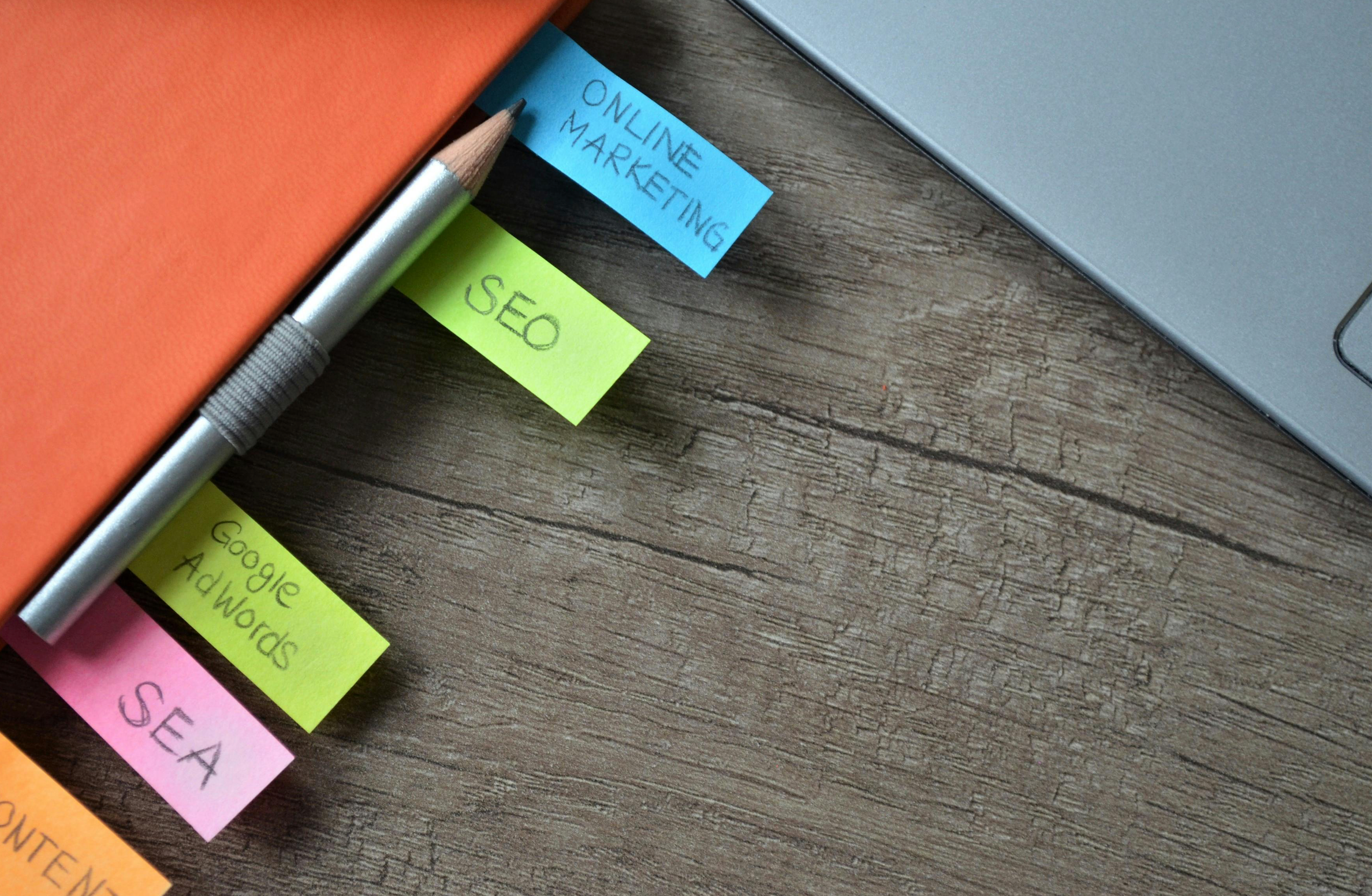
How to Optimize Your Shopify Store for SEO
Have you heard of the term SEO being used in the context of online business and wondered what it entails? For Shopify store owners, understanding and implementing search engine optimization (SEO) can be a game-changer. Yet, the complexity of SEO can often seem daunting. In this detailed guide, we aim to break down SEO into digestible bits, explaining its importance and how you can optimize your Shopify store to maximize traffic, thus boosting your sales. If you'd like the latest news, updates, and tips from the world of Shopify at your fingertips, join Shopi-friends and get our exclusive newsletter!
Introduction
At its core, SEO is a strategic process of enhancing your website to increase its visibility on search engines like Google. The better your SEO, the higher your website will rank on search results pages. The importance of this cannot be overstated. Higher visibility on search results means attracting more visitors to your store. More visitors often translate into higher conversion rates and increased sales. While Shopify offers numerous built-in SEO features, understanding them and leveraging them to their full potential is integral for maximizing your online store's performance.
Understand Shopify SEO basics

The first step in mastering SEO is understanding the basics, starting with keyword research. This process involves identifying the words and phrases potential customers use when searching for products similar to yours. By incorporating these keywords into your website, you increase the chances of appearing in the search results when these terms are used. There are several tools and techniques to assist with keyword research, including Google's Keyword Planner and SEMrush. These platforms provide invaluable insights into popular search terms and their frequency, assisting you in effectively targeting your products.
Optimize your Shopify product pages
Following keyword identification, the next step is optimizing your product pages. This involves crafting SEO-friendly product titles and descriptions that naturally include your keywords. For instance, if you're selling handmade leather wallets, you might consider a product title like "Handmade Leather Wallet - Premium Brown." This title not only encapsulates the product but also positions it favorably for search engine algorithms.
In addition to product pages, it's also crucial to optimize other pages on your Shopify store, including your homepage, about page, and blog posts. These pages provide additional opportunities to incorporate relevant keywords and engage your audience. For instance, your homepage should include keywords that broadly describe your store and its offerings, while your about page can delve into more specifics about your business. Blog posts offer a chance to target additional keywords and provide valuable content to your audience, which can improve your SEO and keep visitors on your site longer.
Optimize your Shopify store images

Images are another crucial aspect of SEO. While they add aesthetic appeal to your site, they can also enhance your SEO efforts when used correctly. Proper image optimization includes using descriptive alt text (a brief description of the image for search engines to understand) and ensuring your images load quickly to provide a seamless user experience. Fast-loading images can significantly improve your website's overall loading speed, a key factor search engines consider when ranking websites.
One more thing to remember in optimizing your Shopify store images is the file size. Large image files can slow down your site, which can negatively impact your SEO as search engines favor fast-loading websites. It's important to strike a balance between the quality and the size of your images. Compressing your images without losing their quality can be achieved through various online tools such as TinyPNG or Shopify's own image optimizer. Additionally, remember to use relevant file names for your images. For example, instead of using a generic name like "IMG1234.jpg", use descriptive keywords like "handmade-leather-wallet.jpg". This strategy not only improves SEO but also makes it easier to manage your image files.
Set up Shopify SEO-friendly URL structures
Your site's URL structure is another element that can significantly influence your SEO performance. An SEO-friendly URL structure is simple to understand, clean, and includes your primary keywords. For instance, a URL like "www.yourstore.com/handmade-leather-wallets" is more SEO-friendly and user-friendly compared to a generic URL like "www.yourstore.com/product123". The former provides both users and search engines with a clear idea about the page content without even visiting it.
Build high-quality backlinks

Backlinks, or links from other sites pointing to yours, are a vital component of your SEO strategy. These links can considerably enhance your SEO by indicating to search engines that your content is valuable and worth referencing. You can earn these desirable backlinks by creating high-quality content that others find useful or by reaching out to bloggers and influencers in your niche for collaborations. This strategy not only bolsters your SEO but also broadens your reach to potential customers.
Use SEO tools to monitor your Shopify store's performance
Monitoring your SEO efforts to determine what's working and what needs improvement is crucial. Numerous SEO tools can assist with this, including Google Analytics and Moz. These platforms offer insights into your site's performance, such as traffic sources and visitor behaviour, enabling you to refine your strategy for better results.
In conclusion, SEO is an incredibly potent tool that can significantly increase traffic to your Shopify store and consequently boost your sales. While it may seem intimidating initially, with the technical jargon and multiple aspects to consider, rest assured that with some effort, patience, and the guidance of this guide, you can begin optimizing your store today. For an even further in-depth look at SEO, download our FREE e-book: SEO For Beginners. Remember, the journey of a thousand miles begins with a single step. So, why wait? Embark on your SEO journey today and propel your Shopify store to new heights!




